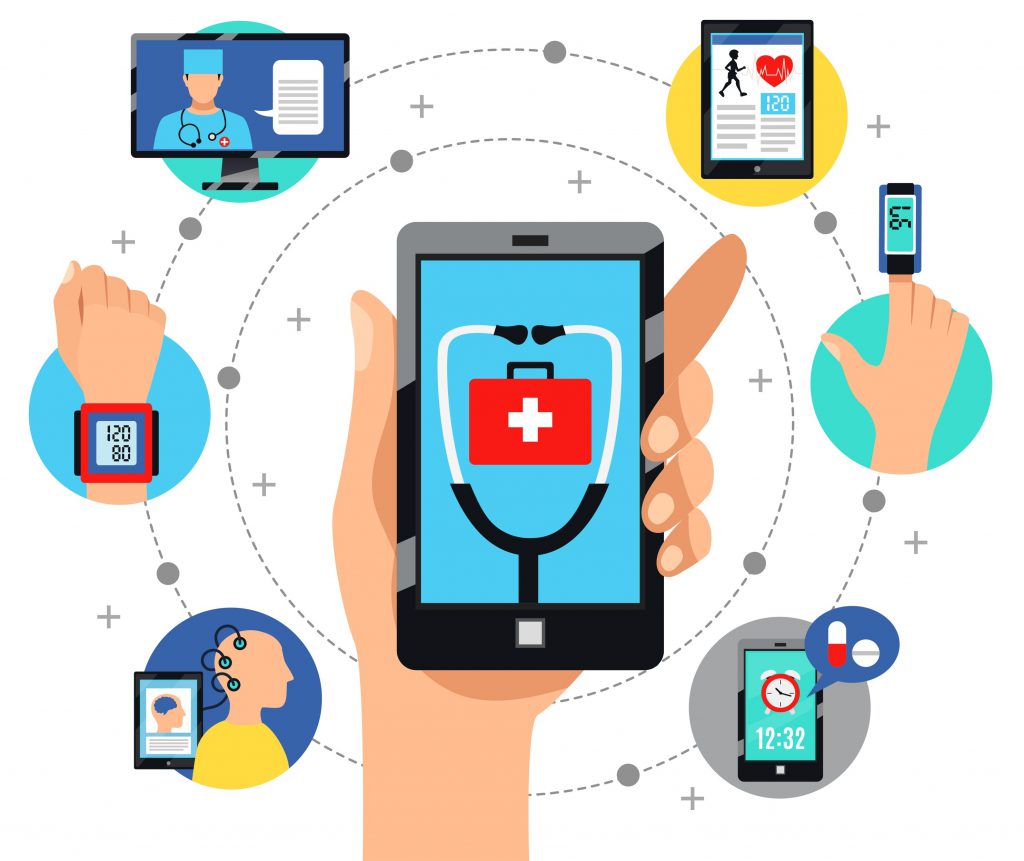It was not too long ago that patients only had one source of information for all of their health care needs – their personal doctor. Once upon a time patients had to rely entirely on their doctors and nurses to manage their diseases, monitor their symptoms, personalize their care and so much more.
However, today’s technologically savvy consumers are playing a more proactive role in managing their own health and as a result, have begun to hold their personal physicians to a higher standard when it comes to patient education.
High expectations of the healthcare industry for patient education
Because of Facebook, Twitter, Instagram, YouTube and other social media platforms we’ve all grown accustomed to consuming daily fast content. In 2019 and beyond our primary way of consuming and learning new information is through our handheld devices (smartphones, tablets, etc.).
Furthermore, search engines such as Google allow us to research anything we want in just a matter of seconds. Because patients have grown accustomed to easy access information in the blink of an eye, they have come to expect the same of their healthcare providers.
Using digital tools for patient education
Because the internet is the most popular way to obtain information it should come as no surprise that there are hundreds if not thousands of health websites dedicated to specific conditions, written in easy-to-read language.
Patients also can join online groups comprised of individuals whom all suffer from the same condition. These individuals can speak with one another, learn from one another’s experiences, and lean on one another for emotional support. The beauty of technology is that it bridges the world together with just the swipe of a finger or the click of a mouse.
Apps tend to provide the greatest convenience for patients. With a simple download to their smartphone or tablet, patients can learn everything they need to know about their condition in minutes and, with the proper app, can even calculate the appropriate doses of medication they should be taking to treat their condition properly.
Some apps even take the form of mobile games that prompt users to engage in health-related tasks in exchange for points. More and more health providers are also turning to YouTube to educate their patients as well.
The need for a collaborative approach to digital healthcare
When it comes to patient education, collaboration is key. While technology empowers patients to educate themselves on their condition, many of these new technologies still need to be linked into the current healthcare system.
For instance, take the heart rate notification feature found on the Apple Watch. Researchers believe this technology can eventually lead to improved stroke prevention efforts and enhanced rates of detection of heart rhythm disorders.
With that being said, what should a patient do when they receive a notification that there’s something potentially wrong with their heart rate? Perhaps they should race directly to the emergency room? Perhaps they should give their doctor a call and ask for advice? Maybe they should just turn to Google for the answer? The downside of easy-to-access medical information (or something which looks like medical information) could be that people with no medical training and knowledge try to do self-diagnostics, which may be entirely misleading.
While the technology is innovative, the main problem lies with the fact that there are still many unanswered questions which means that more research needs to go into figuring out how to integrate many of these digital tools into the healthcare system.
If end users expect lasting change when it comes to patient education, then they can’t just sit back. Patients along with their healthcare providers need to find a way to work with software developers (such as providing feedback) to design applications that meet the ever-growing need for patient education.
Author: Laszlo Varga
